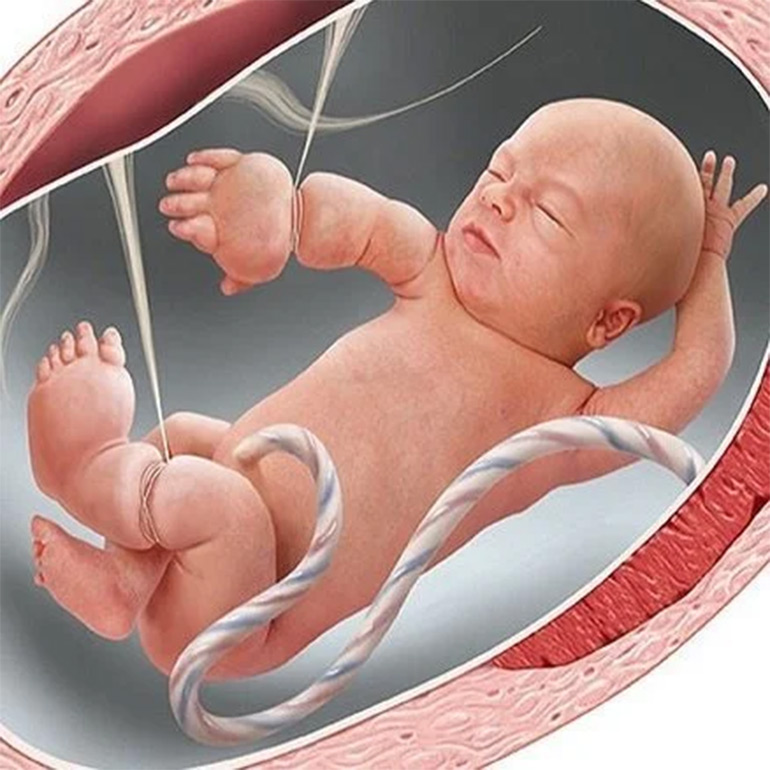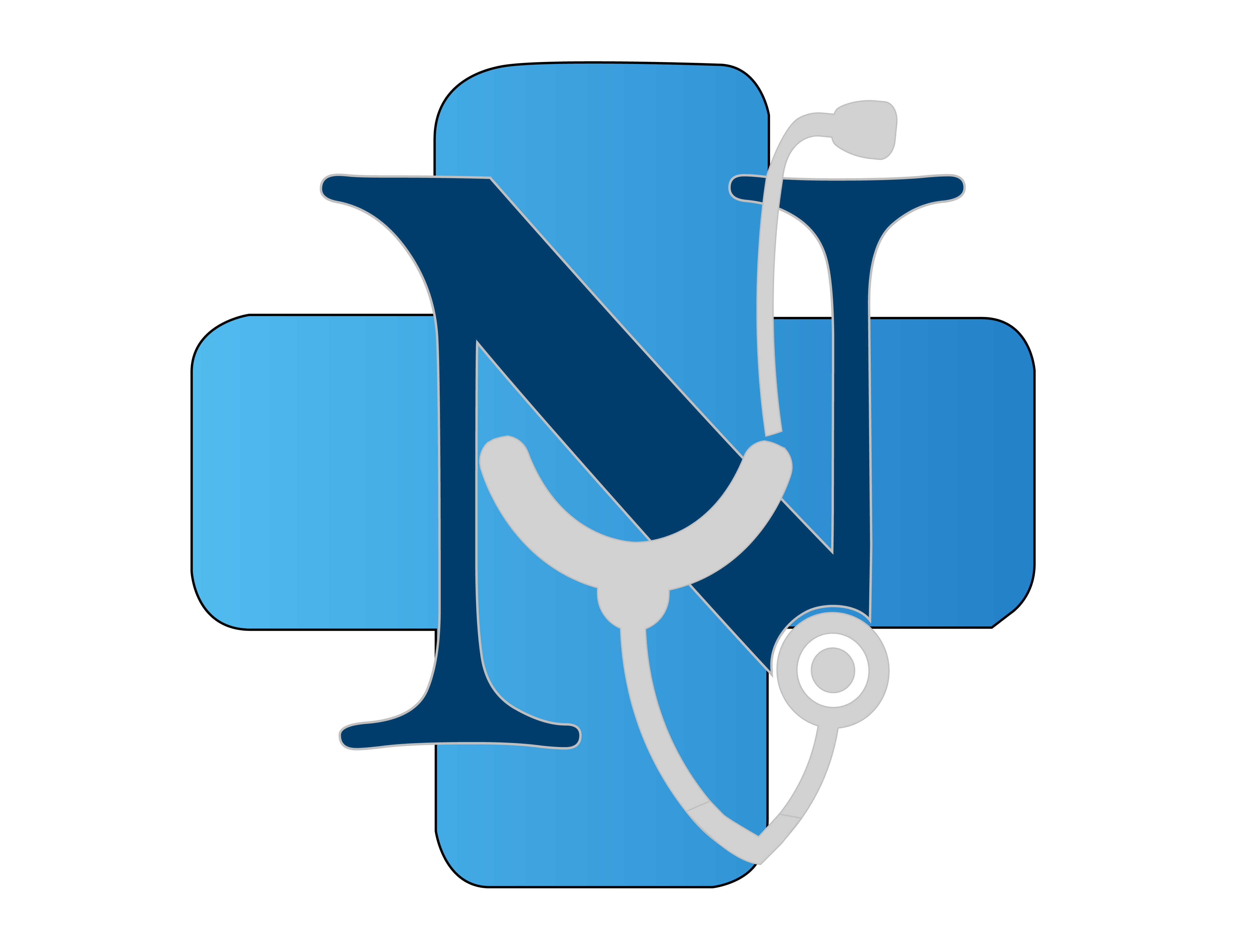
Expert Amniotic Band Syndrome Care
Amniotic Band Syndrome (ABS) is a rare congenital condition caused by fibrous bands in the amniotic sac that can entangle and constrict developing fetal parts, leading to various birth defects. Our board-certified plastic surgeon specializes in the comprehensive treatment of ABS, using advanced reconstructive techniques to address constriction rings, limb abnormalities, and other associated deformities.
We understand the complex challenges faced by children with ABS and their families. Our multidisciplinary approach involves careful assessment, staged surgical planning, and long-term follow-up to optimize both function and appearance. From simple band release to complex limb reconstruction, we provide personalized care tailored to each child's unique needs. Contact us today to discuss treatment options and develop a comprehensive care plan.
Comprehensive ABS Treatment Approach
At our practice, we take a holistic approach to ABS management, addressing the wide spectrum of presentations from mild constriction rings to severe limb deformities. Our treatment philosophy focuses on early intervention, functional restoration, and aesthetic improvement through carefully planned surgical procedures.
- Expert surgical release of constriction bands
- Limb salvage and reconstruction techniques
- Microsurgical procedures for severe cases
- Multidisciplinary collaboration with other specialists
- Long-term follow-up and secondary procedures as needed
Types of ABS Deformities We Treat
ABS can affect various parts of the body with different levels of severity. Our expertise covers the full range of presentations and associated conditions.
Common Presentations
- Constriction ring syndrome
- Limb amputations/digital amputations
- Clubfoot and other foot deformities
- Craniofacial abnormalities
- Body wall defects
Severity Levels
- Mild: Superficial skin grooves
- Moderate: Deep constriction with lymphoedema
- Severe: Vascular compromise
- Extreme: Intrauterine amputation
- Complex: Multiple site involvement
Surgical Techniques & Procedures
We employ a variety of advanced surgical techniques to address the diverse manifestations of amniotic band syndrome, tailored to each patient's specific needs.
Reconstructive Procedures
- Band release and Z-plasty reconstruction
- Skin grafting and tissue expansion
- Toe-to-hand transfer surgery
- Limb lengthening procedures
- Microvascular free tissue transfer
Specialized Techniques
- Serial casting for clubfoot
- Distraction osteogenesis
- Nerve and tendon reconstruction
- Web space creation
- Scar revision and contracture release
Treatment Timeline & Approach
ABS treatment requires careful timing and often multiple procedures throughout childhood to address different aspects as the child grows.
Early Intervention (0-2 years)
- Urgent band release if vascular compromise
- Clubfoot casting beginning soon after birth
- Early assessment and planning
- Simple constriction ring releases
- Family education and support
Childhood Procedures (2-12 years)
- Definitive reconstructive surgeries
- Limb lengthening procedures
- Toe transfers for missing digits
- Functional improvements
- Aesthetic refinements
Benefits of ABS Treatment
Comprehensive surgical management of amniotic band syndrome provides significant improvements in function, appearance, and overall quality of life.
Functional Improvements
- Restored blood flow and sensation
- Improved limb function and mobility
- Enhanced hand function and dexterity
- Prevention of progressive deformity
- Better weight-bearing capacity
Psychosocial Benefits
- Improved appearance and self-esteem
- Reduced social stigma
- Better integration with peers
- Increased participation in activities
- Enhanced overall quality of life
Frequently asked questions
Understanding ABS Treatment
The urgency depends on the severity of constriction. Cases with vascular compromise (bluish discoloration, swelling, or poor circulation) require immediate surgical intervention, often within days of birth. Less severe cases allow for planned surgery within the first few months of life. Early intervention prevents progressive damage, nerve injury, and tissue loss. We assess each case individually to determine the optimal timing for intervention while ensuring the baby is medically stable for surgery.
Yes, ABS can often be detected during routine prenatal ultrasounds, particularly in the second trimester. Signs may include limb deformities, constriction rings, swelling beyond a constriction, or unusual positioning of limbs. However, not all cases are detected prenatally, and the severity may be underestimated. Early detection allows for prenatal counseling and planning for delivery at a facility with appropriate pediatric surgical expertise. We recommend consultation with a fetal medicine specialist if ABS is suspected during pregnancy.
The number of surgeries varies significantly based on the severity and extent of involvement. Mild cases may require only 1-2 procedures, while complex cases involving multiple limbs may need 5-10 surgeries throughout childhood. Treatment often occurs in stages: initial emergency releases if needed, followed by functional reconstructions in early childhood, and aesthetic refinements later. We develop individualized treatment plans to minimize the number of procedures while achieving optimal outcomes.
Long-term outcomes are generally excellent with appropriate treatment. Most children achieve good functional use of affected limbs and lead normal, active lives. The extent of recovery depends on the initial severity - children with mild constriction rings typically have normal function, while those with amputations may require prosthetic devices but still achieve excellent adaptation. Early intervention, comprehensive rehabilitation, and ongoing support help maximize outcomes. We provide long-term follow-up to address any issues that may arise during growth and development.
